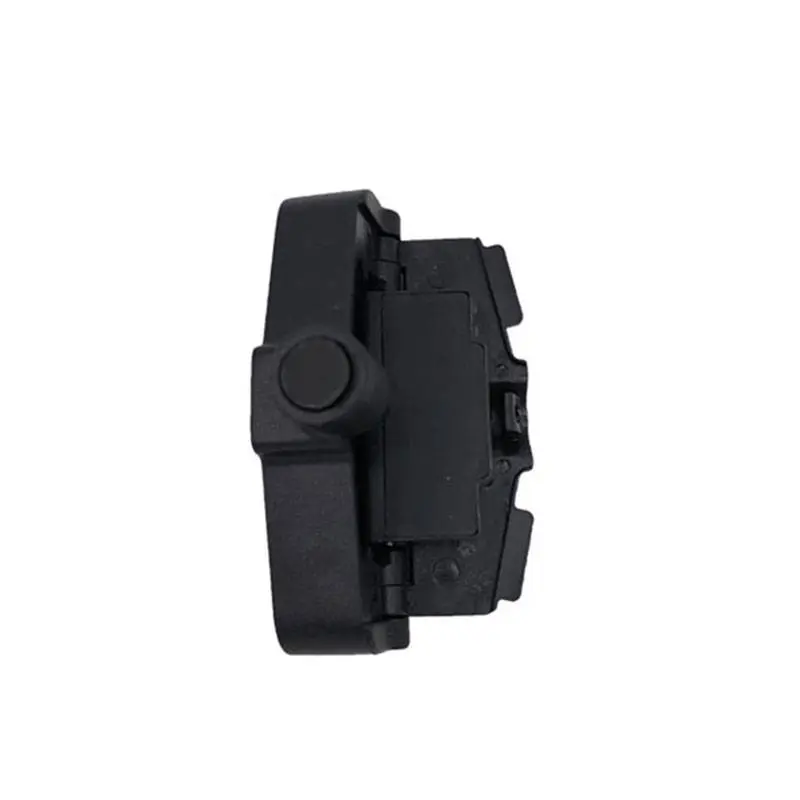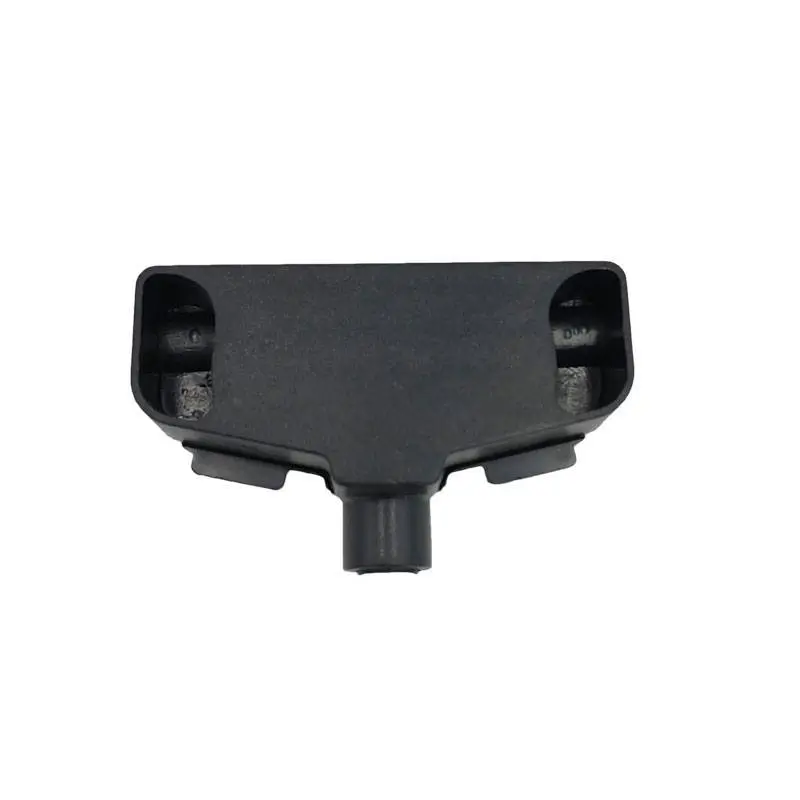Alarm sensors typically work by detecting physical changes such as movement, temperature changes, sounds, etc. When the sensor detects a change, it will send a signal to the controller, and the controller will process the signal according to the predefined rules, and finally it can give an alarm through a buzzer, display or other methods. In addition to physical change detection, alarm sensors also work by detecting interference from wireless signals, the strength of electromagnetic waves, and other factors. For example, wireless door magnetic sensors detect whether doors and windows are closed by detecting the interference of wireless signals; PIR (pyroelectric) motion detectors detect movement by detecting human pyroelectric signals. In addition, the alarm sensor can also use different sensing technologies to work according to the specific application scenario. For example, a fire alarm system could use smoke sensors; a home security system could use infrared sensors, and so on.
The working principle and performance of alarm sensors are critical to their safety and reliability. Therefore, alarm sensors need to undergo rigorous testing and certification to ensure that they can accurately detect predefined events and sound an alarm. At the same time, alarm sensors require regular maintenance and inspections to ensure their proper functioning. For example, smoke sensors need to be cleaned regularly to prevent false alarms due to smoke buildup, and PIR motion detectors need to be calibrated regularly to ensure they can accurately detect movement. In general, the alarm sensor is a very important security device that can help us discover and prevent various security threats in advance. Therefore, we need to maintain and use it properly to ensure it can work properly.
The application fields of alarm sensors are very wide and are constantly expanding. They can be used in home security systems, building automation systems, industrial automation systems, traffic management systems, healthcare systems, and more.
In home security systems, alarm sensors can be used to detect whether doors and windows are open, detect moving objects, etc., to protect family safety.
In building automation systems, alarm sensors can be used to monitor fire protection systems, environmental monitoring systems, etc. to protect personnel safety.
In industrial automation systems, alarm sensors can be used to monitor production lines, detect machine failures, etc., to improve production efficiency.
In traffic management systems, alarm sensors can be used to monitor traffic conditions, detect traffic accidents, etc., to ensure traffic safety.
In healthcare systems, alarm sensors can be used to monitor patient health, detect medical equipment failures, etc. to keep patients healthy.
In addition to the applications mentioned above, alarm sensors can also be used in other fields, such as:
Environmental Monitoring: Alarm sensors can be used to monitor air quality, water quality, soil pollution, etc.
Animal Protection: Alarm sensors can be used to monitor animal migration routes, detect animal activities, etc.
Agriculture: Alarm sensors can be used to monitor farmland moisture, soil humidity, ambient temperature, etc.
Public safety: Alarm sensors can be used to monitor the flow of people, fires, etc. in public places.
The functions and application range of alarm sensors are constantly expanding, and they will become an indispensable part of future intelligent and automated systems.
An alarm sensor usually consists of the sensor itself, a control unit, a trigger, an alarm device, etc.
The sensor itself is the core part of the alarm sensor, which monitors the surrounding environment and generates data.
The control unit is the control center of the alarm sensor, which is used to process the data generated by the sensor and judge whether an alarm needs to be triggered.
The trigger is the output part of the alarm sensor, when the control unit judges that the alarm needs to be triggered, it will send a signal to the trigger.
The alarm device is the final alarm method of the alarm sensor, which can be buzzer, light, mobile phone text message, telephone, network, etc.
The working principle of the alarm sensor is: the sensor constantly monitors the surrounding environment and generates data. Based on these data, the control unit judges whether an alarm needs to be triggered. When an alarm needs to be triggered, the control unit sends a signal to the trigger, and the trigger sends a signal to the alarm device, finally realizing the alarm function.
Post time: Feb-06-2023



